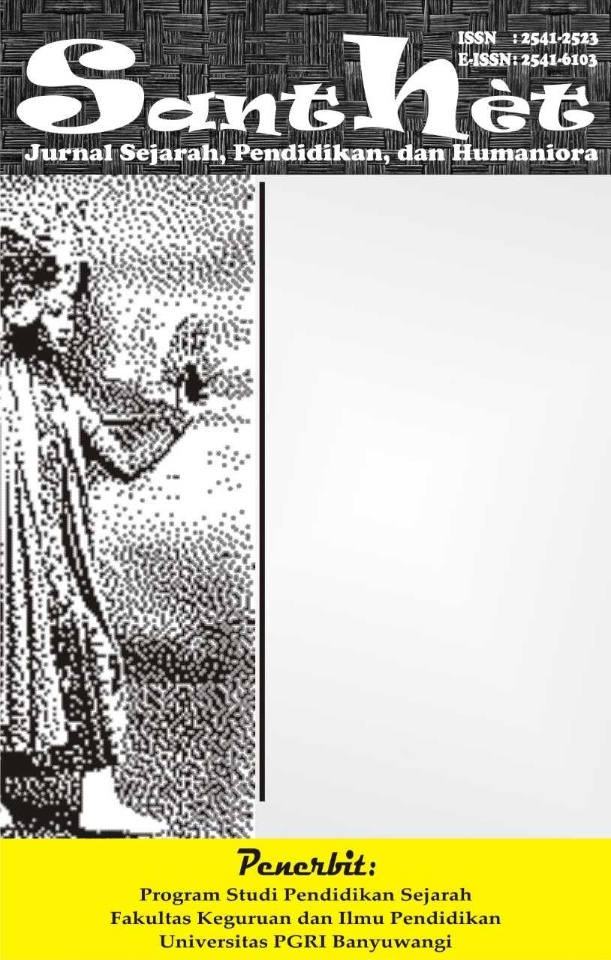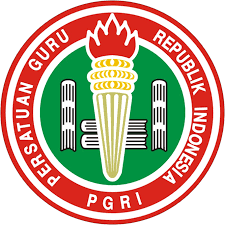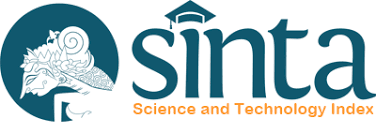IDENTITY FORMATION OF MILLENNIAL GENERATION PARENTS TOWARDS THE TRADITION OF TEDHAK SITEN
Pembentukan Jati Diri Orang Tua Generasi Milenial Terhadap Tradisi Tedhak Siten
DOI:
https://doi.org/10.36526/santhet.v9i3.5321Keywords:
identity formation, generasi milenial, Tedhak SitenAbstract
This study examines the process of identity formation among millennial parents concerning the Tedhak Siten tradition in the modern era. Using qualitative methods through in-depth interviews with two pairs of millennial parents (Javanese-Madurese and Javanese-Javanese), this research aims to understand how the millennial generation interprets, experiences, and preserves the Tedhak Siten tradition. The findings indicate that despite the challenges of modernity and globalization, millennial parents still value the traditional values of Tedhak Siten and strive to preserve them through creative adaptations. Their identity formation process is characterized by negotiations between cultural heritage and the demands of modern life, resulting in a more flexible approach to the implementation of this tradition. The personal stories collected reveal how Tedhak Siten becomes an important moment in strengthening family bonds and instilling cultural values in children from an early age, despite various challenges such as time and financial constraints. Efforts to preserve this tradition through social media and informal education demonstrate that millennial parents are capable of balancing the preservation of cultural heritage with adaptation to modern life
References
Berry, J. W. (1997). Immigration, Acculturation, and Adaptation. Applied Psychology: An International Review, 46(1), 5-34. Bourdieu, P. (1986). The Forms of Capital. In J. Richardson (Ed.), Handbook of Theory and Research for the Sociology of Education (pp. 241-258). Greenwood.
Erikson, E. H. (1968). Identity: Youth and Crisis. W. W. Norton & Company.
Geertz, C. (1973). The Interpretation of Cultures. Basic Books.
Hall, S. (1996). Introduction: Who Needs 'Identity'?. In S. Hall & P. du Gay (Eds.), Questions of Cultural Identity. Sage Publications.
Hobsbawm, E. (1983). Introduction: Inventing Traditions. In E. Hobsbawm & T. Ranger (Eds.), The Invention of Tradition. Cambridge University Press.
Inglehart, R. (1997). Modernization and Postmodernization: Cultural, Economic, and Political Change in 43 Societies. Princeton University Press.
Levitt, P. (2001). The Transnational Villagers. University of California Press.
Marcia, J. E. (1980). Identity in Adolescence. In J. Adelson (Ed.), Handbook of Adolescent Psychology (pp. 159-187). Wiley.
Phinney, J. S. (1990). Ethnic Identity in Adolescents and Adults: Review of Research. Psychological Bulletin, 108(3), 499-514.
Rohmadi, Y. (2023). Perubahan makna sosial pada tradisi Tedhak Siten dalam masyarakat modern. El-Hayah: Jurnal Biologi dan Pembelajarannya, 10(2), 145–158. https://ejournal.uinsaid.ac.id/index.php/el-hayah/article/view/10099
Widiastuti, (2013). Analisis SWOT Keragaman Budaya Indonesia. Jurnal Ilmiah WIDYA, 1(1), 8-14.
Wibisono, P., Astutik, E., & Yulianti, I. (2022). Tradisi Tedhak Siten di Kelurahan Banjarejo Kota Madiun: Tinjauan makna simbolik dan pelaksanaannya. Jurnal Riset Pendidikan dan Praktik, 6(2), 33–44. https://journal.universitaspahlawan.ac.id/index.php/jrpp/article/view/10025
Yuniati, T. (2023). Tradisi Tedhak Siten sebagai kearifan lokal budaya Jawa di Desa Dondong. Jurnal IKADBUDI, 12(1), 76–85. https://journal.uny.ac.id/index.php/ikadbudi/article/view/58900





























